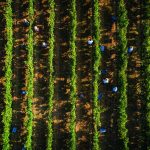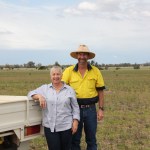Agriculture and regional NSW are at a critical juncture. As the state looks to rebuild…
Booming ag sector – $35bn shy of 2030 goal
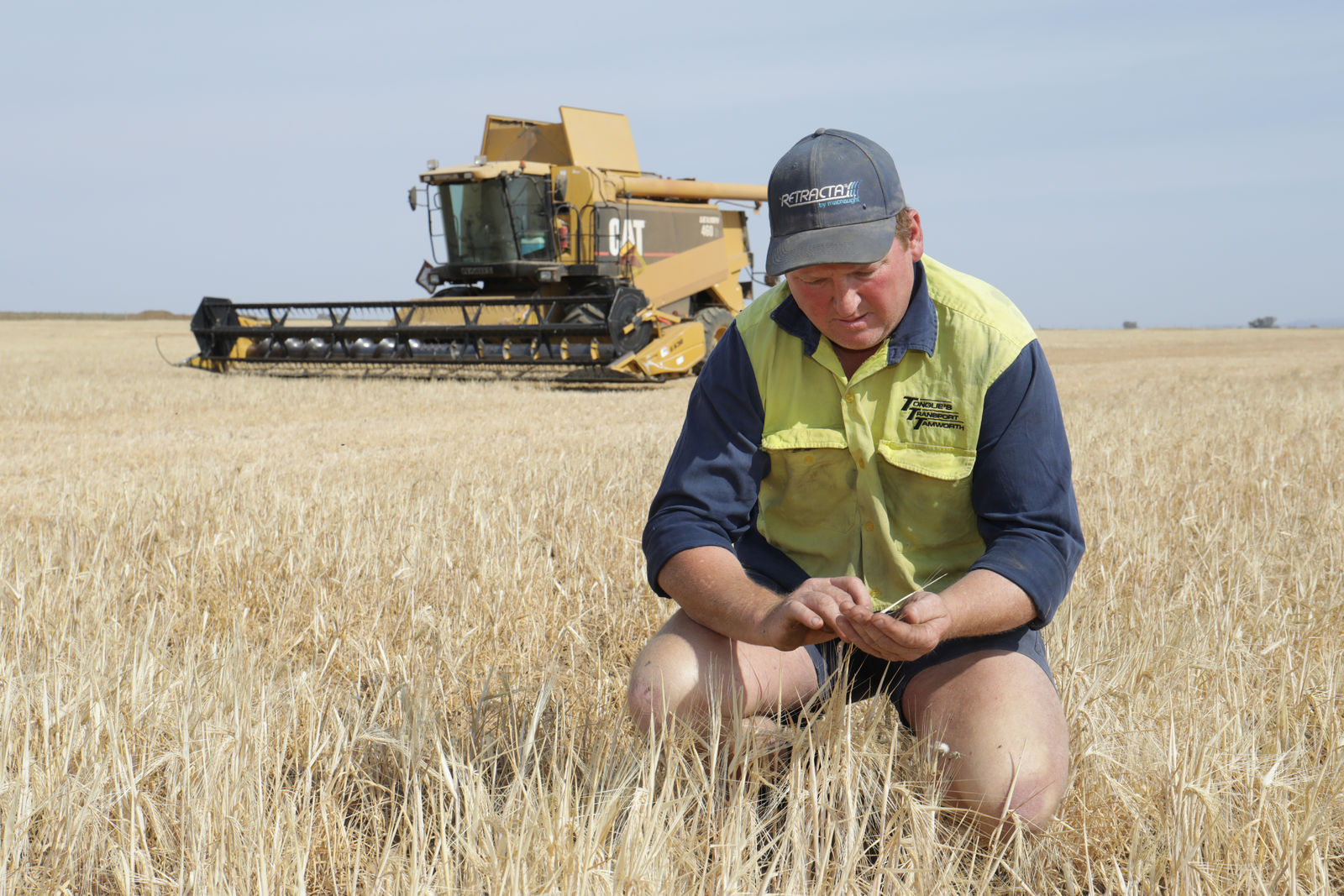
In 2017 Australian ag set itself a target of being worth $100 billion by 2030 and latest data from ABARES shows it is now, due to a booming ag sector, just $35 billion away from reaching its goal.
Last week ABARES released its December quarter 2020 Agriculture Commodities report which forecast a seven per cent increase for the sector with outputs expected to hit a record $65 billion nationally for 2020/21.
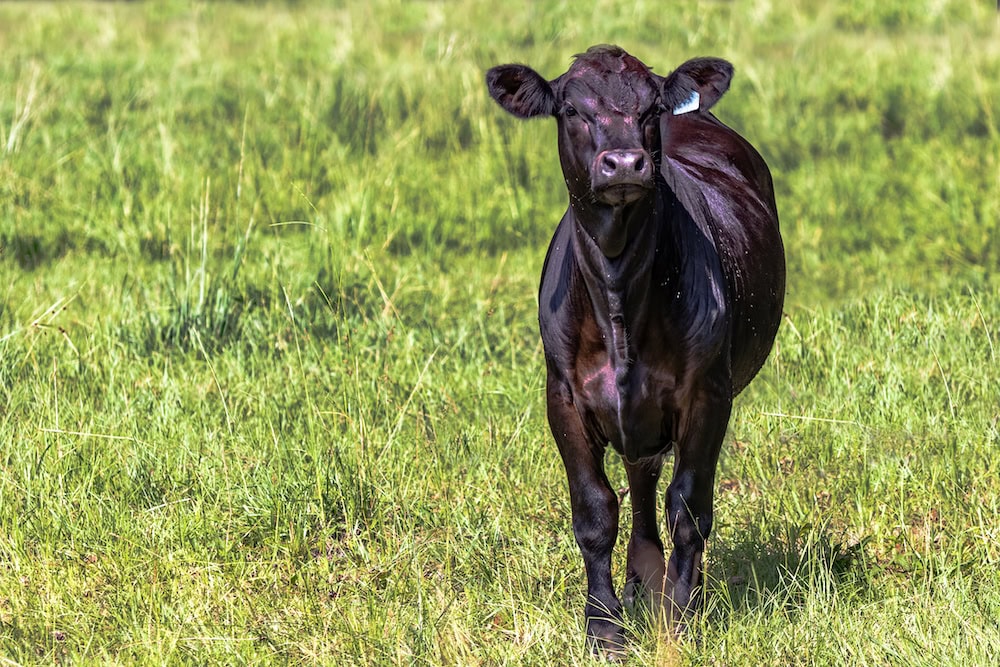
While the news is welcome after years of devastating drought, bushfires and a pandemic, there is also concern about exports and the impact of Chinese tariffs on a growing list of Australian produce.
ABARES Executive Director Dr Steve Hatfield-Dodds said the December quarter report points to a continued recovery for the farming sector from drought and resilience in the face of COVID-19.
“Overall, Australian agricultural production is bouncing back from the drought.
“Australian producers manage one of the most variable environments in the world so ebbs and flows in production are to be expected.
“We’re expecting a near all-time high winter crop, the best ever in New South Wales, and a more favourable outlook for summer cropping than we have seen in recent years.
“Livestock prices have also stayed high with herd and flock rebuilding and continued international demand.”
ABARES Executive Director Dr Steve Hatfield-Dodds
Exports to decrease
But while production is forecast to rise by seven per cent, exports are expected to decrease by the same number to $44.7 billion for the 2020/21 year, according to ABARES.
“Exports have continued to find markets during the pandemic, but the residual effect of past dry seasons and trade uncertainties are pushing down export value,” Dr Hatfield-Dodds said.
“Recovery from drought is limiting production and exports of livestock products and fibres, with meat prices also falling as the African Swine Fever impact on China’s pork production begins to lessen.
“There are a number of risks present for the rest of 2021 that remain a watch point, including wine trade with China and labour shortages for the horticulture sector.”
ABARES Executive Director Dr Steve Hatfield-Dodds
Production rise testament to resilient farmers
Federal Agriculture Minister David Littleproud said the production increase is testament to the resilience of farmers, better seasonal conditions and key support measures applied by the Australian government.
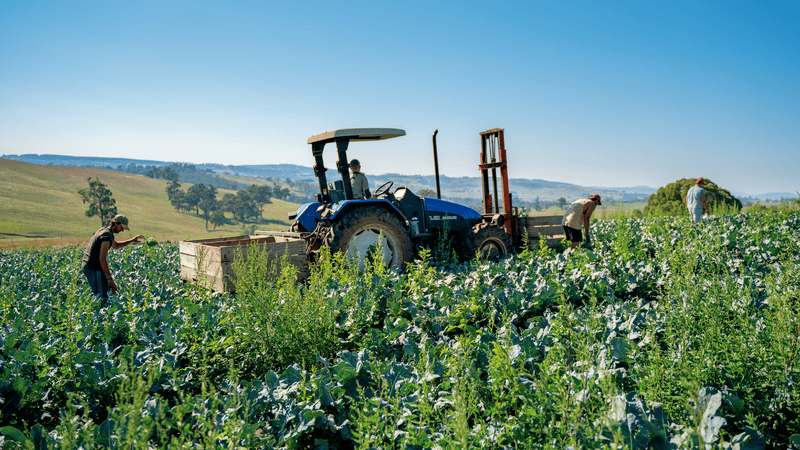
“Growth is driven by drought recovery with Australia’s second largest winter crop, the best ever in NSW, a favourable outlook for summer cropping, and high livestock prices.
“This is an outstanding result for the farming sector that has helped stay on an even keel despite all the challenges 2020 has thrown at us.
“Australians should be justly proud that the farming has achieved this year. Now more than ever we know the importance of the agriculture sector to our economy.
Federal Agriculture Minister David Littleproud
Concern about exports
Mr Littleproud is concerned about the potential impacts of China’s decision to apply tariffs to Australian produce.
“I am particularly concerned at the potential impacts of China’s decisions to impose anti-dumping and countervailing duties on barley and the recent impost of provisional anti-dumping duties on Australian wine.
“But I am buoyed by this latest forecast. In October I laid out the Government’s Ag2030 Strategy to support the industry target of $100 billion and I am committed to supporting Australian agriculture to reach its full potential.”
Federal Agriculture Minister David Littleproud
NFF 2020 report card released
National Farmers Federation has also released its 2020 report card, which provides a pulse-check of the sector’s goal to hit $100 billion by 2030.
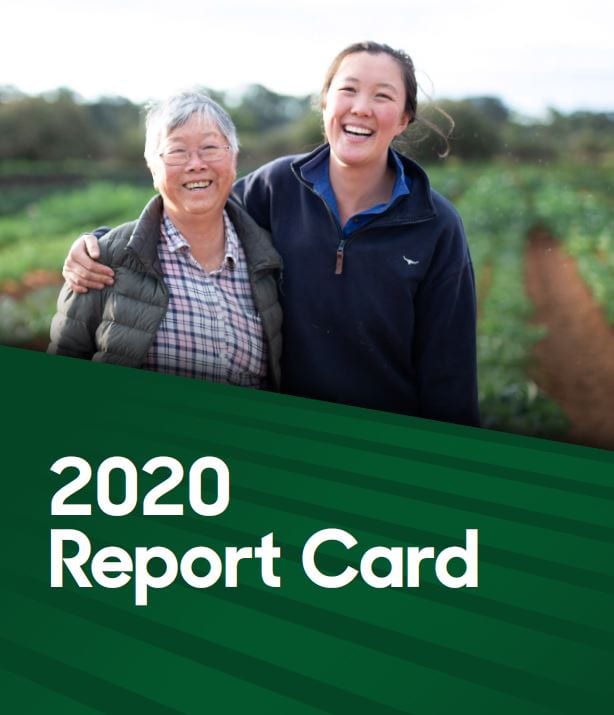
“This is a good result, given the gravity of the hurdles faced by farmers, namely a once-in-a-generation drought and the black summer bushfires,” NFF President Fiona Simson said.
“There is no doubt the widespread rains beginning in late summer, turned many farmers’ fortunes around.”
Ms Simson said even though agriculture was not at the coal face of the impacts of COVID-19, the sector did need to mobilise to ensure the paddock to plate supply chain functioned.
Key to this was agriculture’s classification as an essential service in the early days of the pandemic.
Ms Simson said COVID-19 was also an opportunity to talk to Australians about where their food and fibre came from.
“Throughout 2020, the NFF’s Telling Our Story initiative led public communications to ease concerns about food shortages and to highlight the role of agriculture in the nation’s economy recovery,” Ms Simson said.
“Collectively these communications reached more than 20 million Australians and furthered the Roadmap goal for agriculture to be Australia’s most trusted industry by 2030.
To view the NFF’s roadmap, please click here.
NSW Farmers has also written its own COVID-19 recovery plan, please click here for more details.


